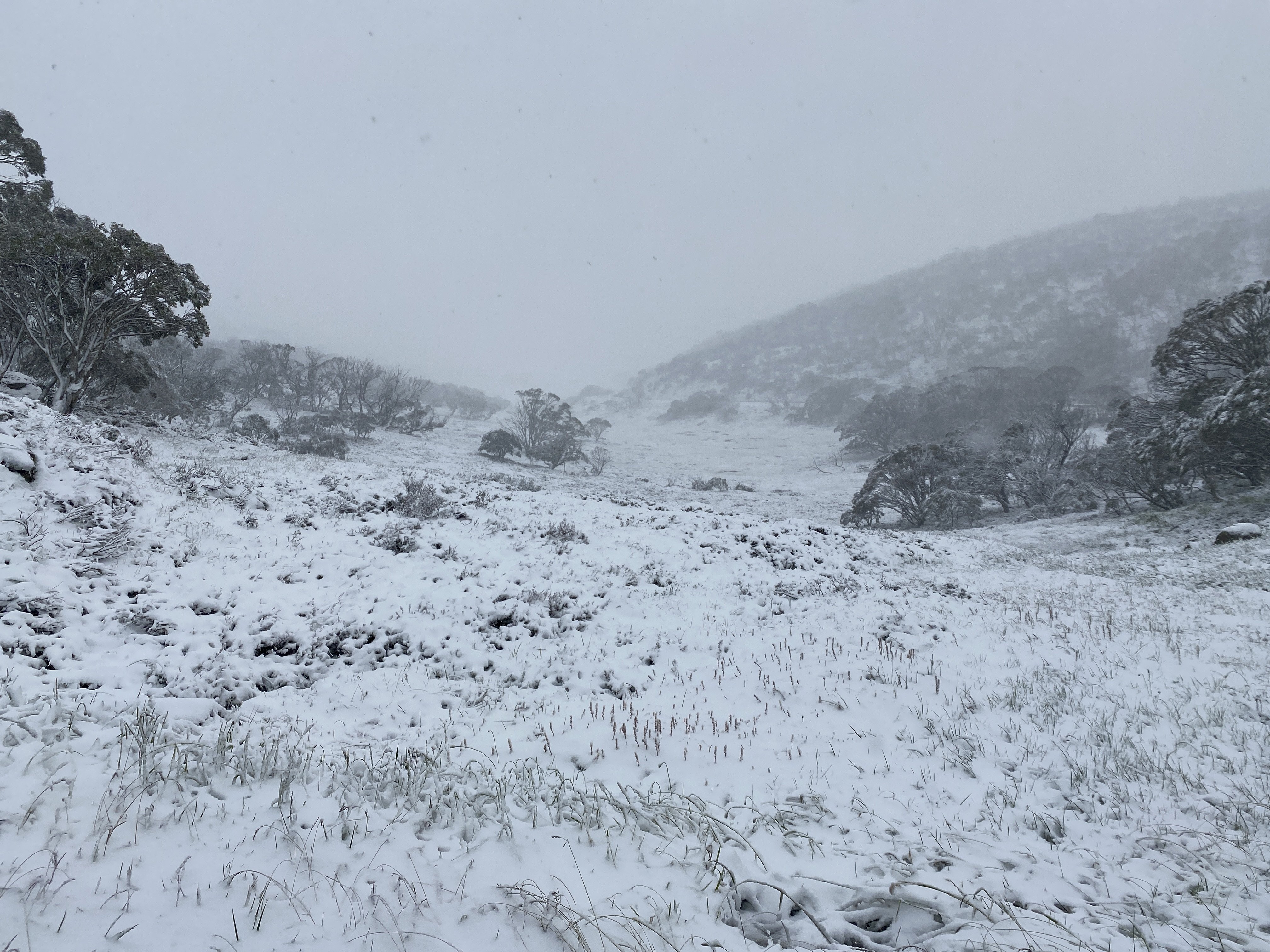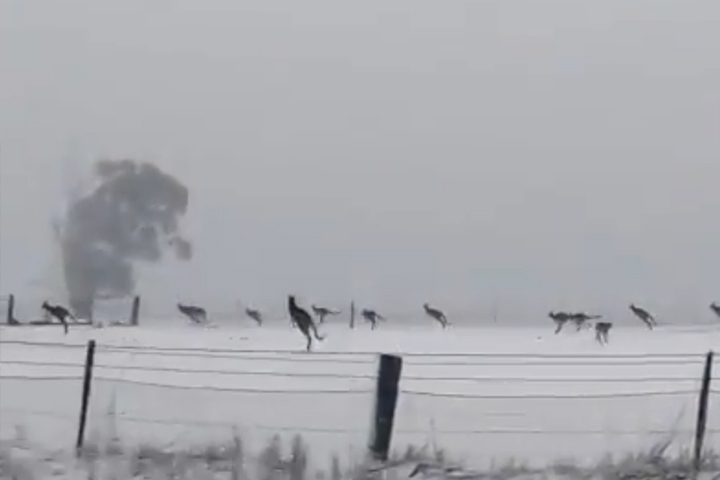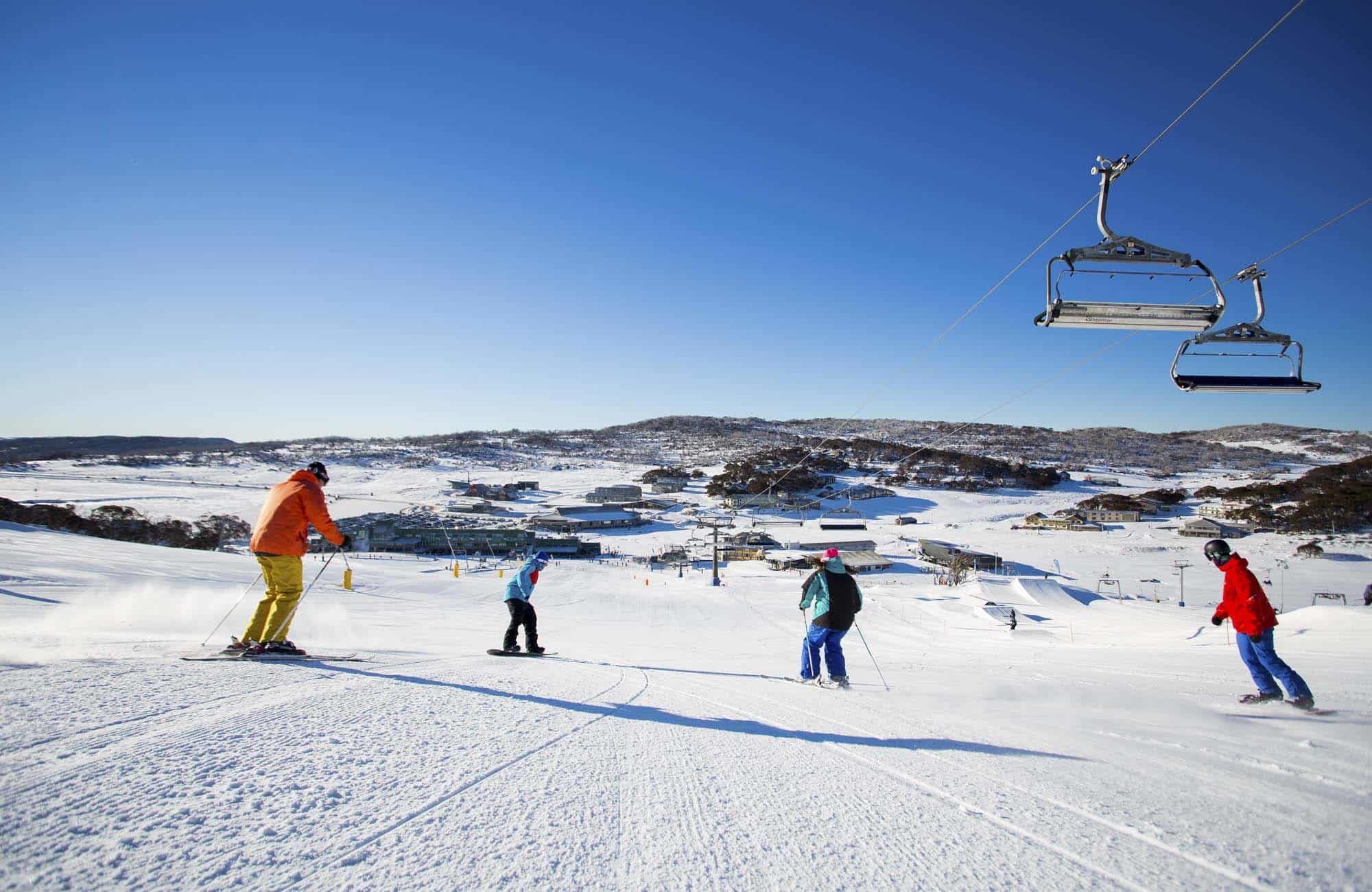The Various Kinds Of Snow in Australia and Their Effect On Wintertime Sports
Australia, recognized for its sun-soaked coastlines, is additionally home to a varied array of snow conditions that considerably influence winter months sporting activities. The adhering to expedition will talk about the implications of these snow types on winter months sporting activities performance.

Comprehending the Attributes of Various Snow Types
While numerous think that snow is an uniform entity, it is important to recognize that there are different types, each with special qualities. In Australia, these variants are particularly noticable due to weather diversity. Coastal snow, found in locations such as the Snowy Mountains, is typically wetter and denser due to high wetness material, making it ideal for snowball battles or constructing snowmen. On the other hand, the snow discovered in the indoor regions like the Australian Alps is drier and lighter, commonly compared to a cosy powder. These distinctions in snow kind aren't just visual; they significantly impact winter sports, dictating the simplicity of motion, the speed obtainable, and the level of control called for from athletes.
The Effects of Powder Snow on Skiing and Snowboarding
Regardless of its light and fluffy look, powder snow in the Australian Alps presents both unique difficulties and possibilities for winter season sporting activities enthusiasts, particularly those engaged in winter sports and snowboarding. The smooth and flexible surface area of powder snow additionally minimizes threat of injury throughout falls, making it a recommended choice for severe winter season sporting activities.

The Challenges and Advantages of Stuffed Snow in Wintertime Sports
Shifting focus from the loosened, completely dry powder snow, another prevalent kind of snow in the Australian Alps is stuffed snow, presenting its own collection of challenges and advantages in the world of winter months sports. This denser, much more solidified form of snow gives a quicker, slicker surface, profiting sporting activities like downhill winter sports and snowboarding, boosting speed and precision. The same features additionally present difficulties. Its tough surface can be dangerous, enhancing the potential for injuries throughout falls. Controlling and navigating turns speed can be difficult on stuffed snow, requiring higher ability levels from professional athletes. Despite these challenges, loaded snow continues to be an important component in several wintertime sporting activities, forming the efficiency and strategies of professional athletes.
The Duty of Damp Snow in Australian Wintertimes Games
As opposed to the thick, glossy surface area of packed snow, wet snow plays a completely different function in Australian winter games. Qualified by its high dampness material, damp snow influences the speed and control of winter season sporting activities participants. Its heavy, sticky nature can be testing for athletes, particularly in winter sports and snowboarding where speed and manoeuvrability are essential. Nonetheless, its pliability makes it suitable for snow sculpting events and for fortifying snow structures in sports like snow fort fights. In spite of its risks, damp snow presents an one-of-a-kind dynamic to winter games in Australia, testing athletes' versatility and strength, and working as a tip of the varied weather they need to be prepared to deal with.

Just How Slushy Snow Influences Wintertime Sports Efficiency
Continuing the exploration next page of differing snow problems in Australia, the influence of slushy snow on winter months sporting activities is an additional intriguing aspect. Slushy snow, arising from warmer temperatures or direct sunshine, poses special obstacles to athletes. It decreases rate and requires boosted physical initiative as the devices penetrates the soft, water-saturated snow. In winter sports and snowboarding, slushy conditions can affect the predictability of dives and turns, raising the danger of crashes. For snowmobiling, the device's performance may be hindered as it has a hard time to keep grip. Therefore, slushy snow transforms the winter sporting activities landscape, requiring not only heightened physical exertion from professional athletes but likewise a higher focus on safety preventative measures.
Adjusting Winter Season Sports Techniques to Various Snow Problems

Conclusion
Finally, Australia's varied snow types considerably influence winter months sporting activities performance. Each type, from the glossy seaside snow to the drier interior powder and the hefty, sticky damp snow, provides distinct challenges and advantages. Hence, athletes need to adapt their methods to browse these varying conditions effectively. The snow's formative role underscores the value of comprehending its qualities to enhance efficiency and safety in Australia's winter season sports landscape.
Changing focus from the loosened, completely dry powder snow, an additional prevalent kind of snow in the Australian Alps is jam-packed snow, positioning its very own collection of obstacles and advantages in the world of winter season sports - Does Australia Get Snow.In contrast to view publisher site the thick, glossy surface area of packed snow, damp snow plays a totally various duty in Australian winter months games. Its malleability makes it suitable for snow sculpting occasions and for fortifying snow structures in sporting activities like snow fort battles.Continuing the exploration of differing snow conditions in Australia, the influence of slushy snow on winter months sporting activities is an additional interesting variable. Each kind, from the slick seaside snow to the drier interior powder and the heavy, sticky wet snow, provides unique obstacles and benefits
Comments on “Learn How to Get Ready for a Getaway to the Snow In Australia with Practical Tips”